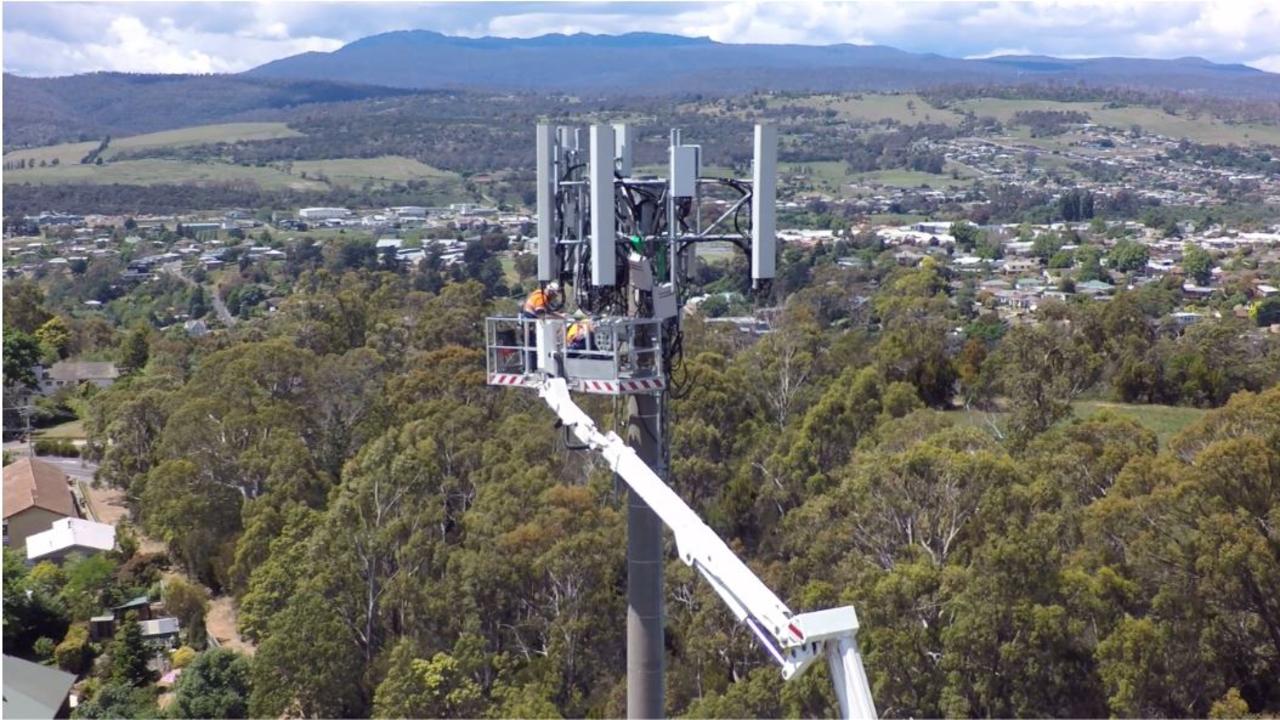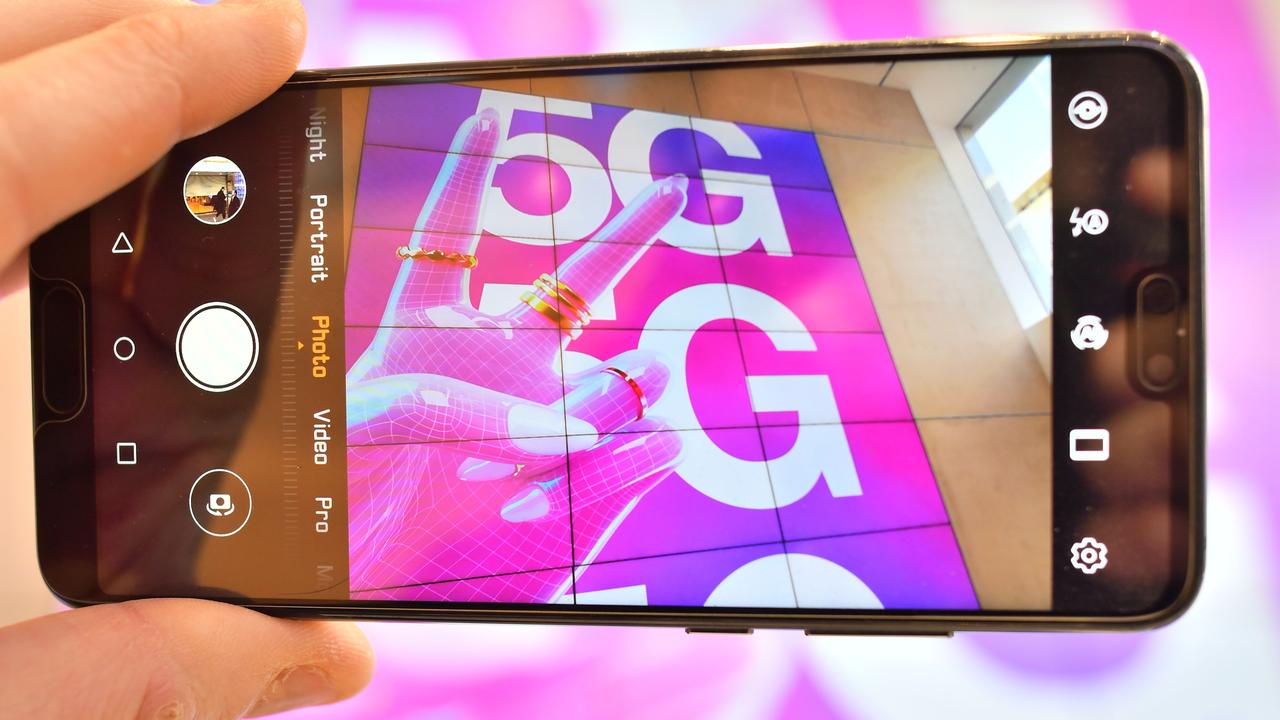Spectrum sharing to speed up rollout of new 5G networks
Getting faster speeds on your phone has been held up for years by this annoying issue. But the hurdle blocking quicker data has finally been cleared.
For as long as we’ve been accessing the internet on our mobile phones, the carriers who run our mobile networks have had the same problem.
They need spectrum, the radio frequencies that carry data over the air, to provide us with the power to stream movies, search Google maps and share our latest pictures on Instagram.
But here’s the issue – there is a limited amount of spectrum available, it’s very expensive to buy and telcos can find themselves having to support older systems while trying to introduce new technology at the same time.
That can make it complicated to introduce new innovations, like the telcos are doing now with 5G mobile.
But in good news for consumers, there is a solution on the way.
RELATED: Solution to annoying streaming problem
RELATED: Everything you need to know about 5G
New technology will allow spectrum to be shared across different generations of mobile networks. This will make it easier for carriers to rollout 5G, meaning more Australians will be able to connect to the new network sooner.
Dynamic Spectrum Sharing (DSS) essentially takes what used to be a two-lane road and combines it into one while still accommodating more traffic.
It allows 4G and 5G data to travel along the same path, quickly switching between the two depending on which one you’re using on your phone or other device.
So what does it mean for your mobile?
Well, allowing different technologies to use the same spectrum means carriers can use their existing infrastructure and simply add on the new technology, speeding up delivery.
Spectrum is what we call the radio frequencies that transmit data and different frequencies are used for different things.
AM and FM radio use lower frequencies, which travel further but do it more slowly and carry less information.
This is why you can often listen to AM radio stations in places where you can’t receive FM stations and why FM stations sound better than AM stations.

This means carriers that already have 4G networks (like Telstra, Optus and Vodafone) can build 5G networks on top of them without needing more spectrum, which is limited and regulated by the Australian Communications and Media Authority (ACMA).
ACMA periodically auctions off spectrum access.
The most recent auction was in 2018, where spectrum that will be used for 5G mobile networks was licensed to four companies for about 10 years.
There is a limit to how much spectrum each telco can own and where, and it doesn’t come cheap.
For example, in that auction, Telstra spent a whopping $386 million on buying spectrum.
Optus also added a smaller amount to its existing spectrum assets for around $185 million.
Vodafone and TPG are still waiting to find out if they’re allowed to merge, but a joint venture between the two, named Mobile JV, spent more than $263 million acquiring spectrum.
After the big three bought their share, the remaining spectrum (all in capital cities) went to a company called Dense Air, which acts as a “neutral host” for all carriers to help them expand their networks.
The companies are able to own a third more spectrum in the regions than in the cities, but it’s worth less because fewer customers connect.
The next auction for spectrum is due to happen early next year for high-frequency allocations that will enable the increased speeds and lower latencies of 5G technology.
DSS was first demonstrated by equipment maker Ericsson last year.
Nokia and Ericsson are the main suppliers for 5G equipment in Australia.

The latest demonstration on 5G is the first time frequency has been shared across platforms since 2G, which had such low data speeds as to be unusable.
New ultra-fast 5G networks will now be the first time carriers can share frequencies across technologies that we’re actually using to access the internet.
Earlier this year, local carrier Optus demonstrated DSS, making a video call to a person in Singapore over 5G while a separate 4G device streamed a video.
Powering the technology are algorithms that allocate resources and switch between them in milliseconds to support the demands of both.
“We continue to work closely with technology partners around the globe to ensure that we are ahead of the game when it comes to the implementation of future 5G technologies,” Optus head of access network planning and quality Kent Wu said.
“With the scale of the Singtel Group we are able to tap into and be an integral part of key advancements in 5G technology, which will ultimately benefit our customers here in Australia.”
Mr Wu said the spectrum sharing was an important part of Optus’ 5G strategy, which focuses heavily on providing new video experiences.
“Spectrum sharing is an important next step in our strategy to focus on video experience for our customers, and this will play a key role in enabling us to deliver an incredible 4K Ultra HD live streaming sports and 4K SVOD entertainment content experience on our Optus 5G network in 2020,” he said.
Beginning later this year, Optus 5G Home Broadband customers will be able to stream live soccer matches on Optus Sport in 4K Ultra HD.
Customers with Fetch Mighty boxes will also be able to stream the Tokyo 2020 Olympics in 4K.



